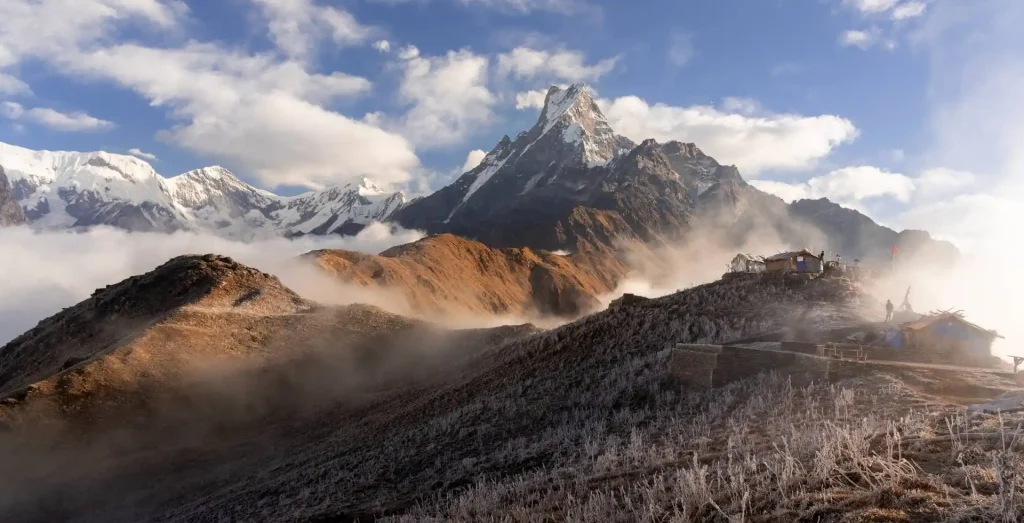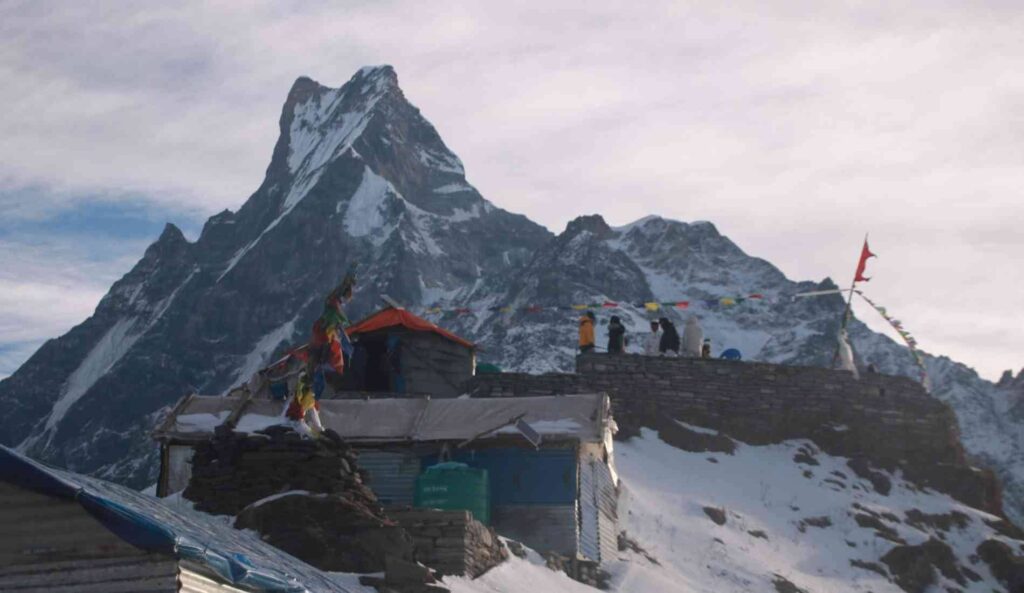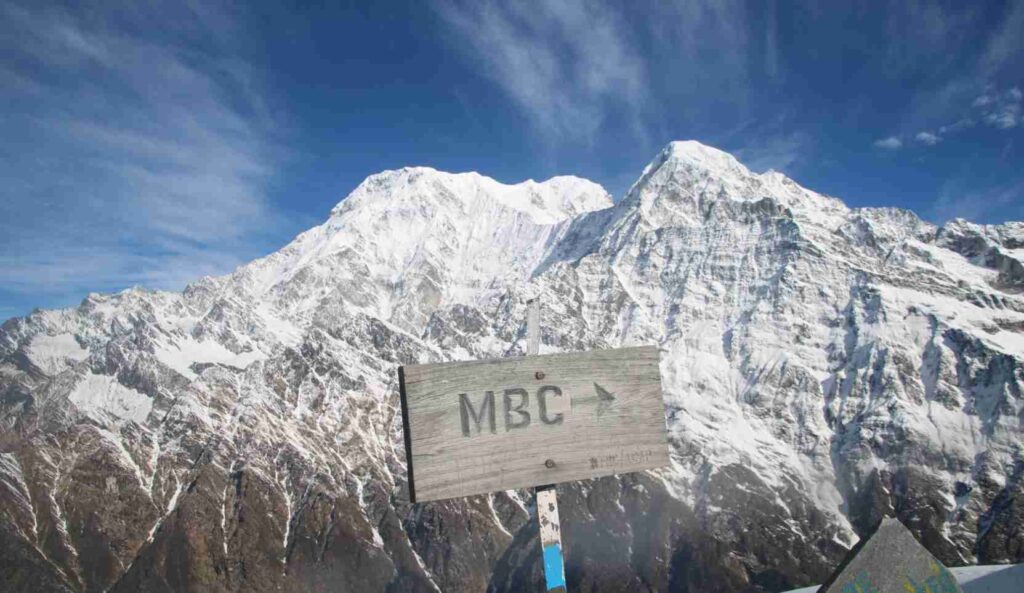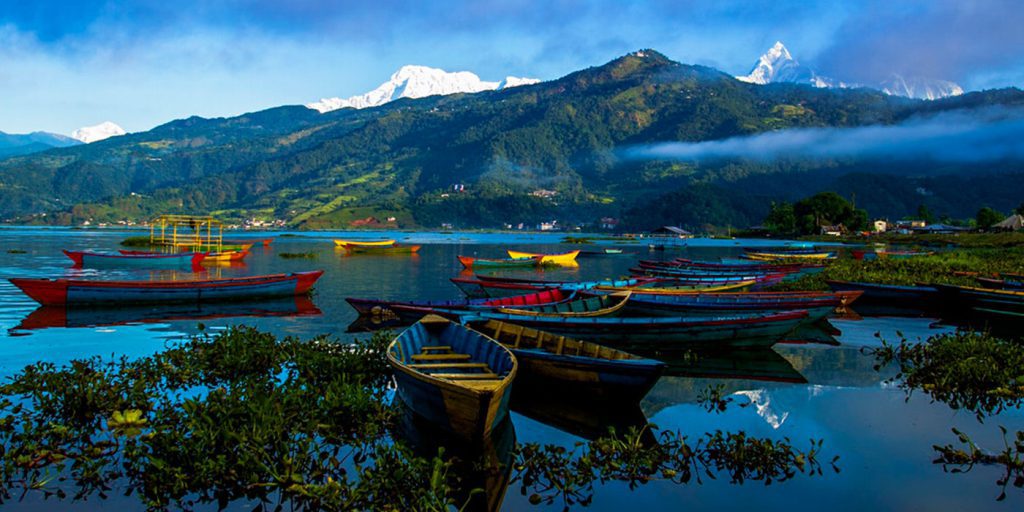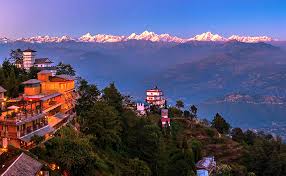-
Bus, Airlines
-
3 Stars Hotels & Guesthouse
-
3210 M
-
Kathmandu
-
March to May & Sep to Dec
-
Eco-Tour, Hiking, Trekking
-
All meals during the trek
-
English, Spanish, French, Chinese
-
Easy to Moderate
-
2-20
-
12
-
65
Ghorepani Poon Hill Trek Overview
Ghorepani Poon Hill Trek is also referred to as the Annapurna Panorama Trek. The Ghorepani Poon Hill Trek is one of the most popular and exciting short treks in Nepal. It’s well-suited for beginners with limited time who are looking for a genuine trekking experience in Nepal. The Ghorepani Poon Hill Trek is one of the easier trekking trails in the Annapurna region, and one of the world’s biggest rhododendron forests is another attraction of this trekking route. Poon Hill is also the highest point of this trek.
From the Annapurna Panorama Trek, you can capture the sunrise from the top of the Poon Hill viewpoint—a dream of trekkers that shouldn’t be missed. The sunrise over the Annapurna (8,091m) and Dhaulagiri (8,167m) Himalayan ranges, seen from Ghorepani Poon Hill, is unique. The Ghorepani Poon Hill Trek offers an amazing experience with scenic Himalayan views, a mix of cultures, and the warm hospitality of the Gurung community. You can visit the Ghandruk Museum, which showcases traditional Gurung equipment, tools, and weapons. This region is undoubtedly a beautiful place with green nature combined with the captivating surroundings of Machhapuchhre (8,167m) and Gangapurna (3,540m) against the backdrop of the white Himalayas of Annapurna.
We begin our 10-day trip with a pickup from Tribhuvan International Airport (TIA) on the first day. On the following day, we will enjoy a sightseeing tour of the Kathmandu Valley. On the third day, we will head to the most captivating adventure trek with the view of the Annapurna on the Ghorepani Poon Hill Trek.
We will provide you with the opportunity to experience the best trek of your life on the amazing Ghorepani Poon Hill Trek.
Route to Ghorepani Poon Hill Trek
Your adventure begins in Kathmandu, where our team will welcome you and transfer you to your hotel. After a city tour of UNESCO Heritage Sites, we drive to Pokhara, the gateway to the Annapurna region.
The trek starts from Nayapul, passing through Tikhedhunga and reaching Ghorepani, a beautiful village surrounded by rhododendron forests. An early morning hike to Poon Hill offers a breathtaking sunrise view over the Annapurna and Dhaulagiri ranges, a true highlight of the journey.
We then descend through lush forests to Tadapani and continue towards Ghandruk, a traditional Gurung village known for its rich culture and stunning mountain scenery. The trail leads us down to Nayapul, from where we take a scenic drive back to Pokhara. Finally, we return to Kathmandu, where we conclude our journey with a farewell celebration, cherishing the memories of this incredible trek.
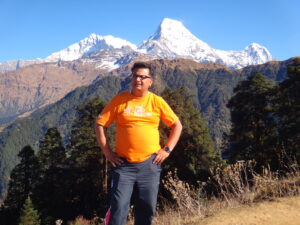
Accommodation during Ghorepani Poon Hill Trek
- Kathmandu: We provide comfortable accommodation in 3-star hotels with breakfast on a twin-sharing basis.
- During the trek, accommodations are in teahouses on a twin-sharing basis. Basic amenities such as hot showers, WiFi, and power are available for a small fee. While the accommodations are simple, nothing compares to waking up to breathtaking views of the Annapurna and Dhaulagiri ranges right outside your window!
Required Permits for the Ghorepani Poon Hill Trek
For the Ghorepani Poon Hill Trek, the following permits are required:
Annapurna Conservation Area Permit (ACAP)
This permit is mandatory for all trekkers entering the Annapurna region. It helps fund the conservation of the area and ensures that the natural beauty and biodiversity are preserved.
- Cost: The permit fee varies based on nationality. Typically, for foreigners, it costs around NPR 3,000 (approximately USD 25).
TIMS (Trekkers’ Information Management System) Card
- The TIMS card is required to help maintain trekker safety and manage the flow of tourists in the region. It’s essential for all trekkers visiting the Annapurna area.
- Cost: The fee for a TIM’s card is around NPR 1,000 for foreign trekkers.
What to Expect for Breakfast on the Ghorepani Poon Hill Trek
During the Trek, breakfast at the teahouses offers a variety of hearty options to start your day. You can enjoy a warm bowl of porridge, or opt for eggs with toast. For a more filling meal, pancakes or Tibetan bread are available, giving you a taste of local flavors. If you’re craving something savory, rice and noodle dishes are also offered. To complete your meal, enjoy a hot cup of tea or coffee, the perfect way to energize yourself for the trek ahead
What’s for Lunch on the Ghorepani Poon Hill Trek?
For lunch on the Ghorepani Poon Hill Trek, you’ll enjoy hearty options like Thukpa (Tibetan soup), Nepali Dal Bhat (vegetable curry and rice), fried rice, and noodles. Momos (steamed dumplings) are a popular choice, along with pasta and chicken or buff dishes
What’s for Dinner at Your Overnight Teahouse on the Ghorepani Poon Hill Trek?
For dinner on the Trek, you’ll enjoy hearty options like Thukpa (Tibetan soup), Nepali Dal Bhat (vegetable curry and rice), fried rice, and noodles. Momos (steamed dumplings) are a popular choice, along with pasta and chicken or buff dishes. For dessert, you can treat yourself to apple pie, rice pudding, or custard pudding.
Important Notes for Ghorepani Poon Hill Trek
- Kathmandu to Pokhara: The journey from Kathmandu to Pokhara by road takes about 6-7 hours. Alternatively, you can opt for a flight, which takes around 25-30 minutes and costs approximately USD 100-120.
- Travel Options: This itinerary includes travel by local bus to Pokhara. If you prefer more comfort, you can opt for a private jeep. Please inquire about the additional cost for this upgrade.
- Porters: Porters can carry up to 20kg, but we recommend packing under 10kg. We provide one porter per two trekkers. A duffle bag for your gear will be provided.
- Meals on Trek: Meals are included during the trek, but please note that extra charges apply for hot showers and charging devices at teahouses/lodges.
- Meals in Kathmandu and Pokhara: Meals in Kathmandu and Pokhara are not included in the package, giving you flexibility to explore local dining options.
- Drones: Drones are not allowed without prior permission, which can be difficult to obtain. Unless you are a professional and have time for the necessary paperwork, it’s best not to bring one.
Ghorepani Poon Hill Physical Requirements
The Ghorepani Poon Hill Trek is a moderate trek suitable for most people in good health. It involves walking for 5-7 hours a day on well-maintained trails, with some uphill sections. No prior trekking experience is required, but a basic level of fitness is recommended. Regular walking, jogging, or hiking before the trek can help prepare your body for the challenge.
Highlights of Ghorepani Poon Hill Trek
- Witness a mesmerizing sunrise over the Annapurna and Dhaulagiri ranges from Poon Hill.
- Trek through lush rhododendron forests, traditional villages, and terraced fields.
- Immerse yourself in the rich culture and hospitality of the Gurung and Magar communities.
- Enjoy panoramic views of Himalayan peaks, including Annapurna South, Machapuchare (Fishtail), and Dhaulagiri.
- Perfect for those with limited time but a strong desire to explore the Himalayas.
Traveler Reviews
These genuine and honest reviews are provided by travelers who have previously journeyed with Aarohi Holiday and its team. The testimonials and firsthand experiences showcased here are sourced from well-known travel platforms such as TripAdvisor, Google, Facebook, and TrustPilot, etc.




